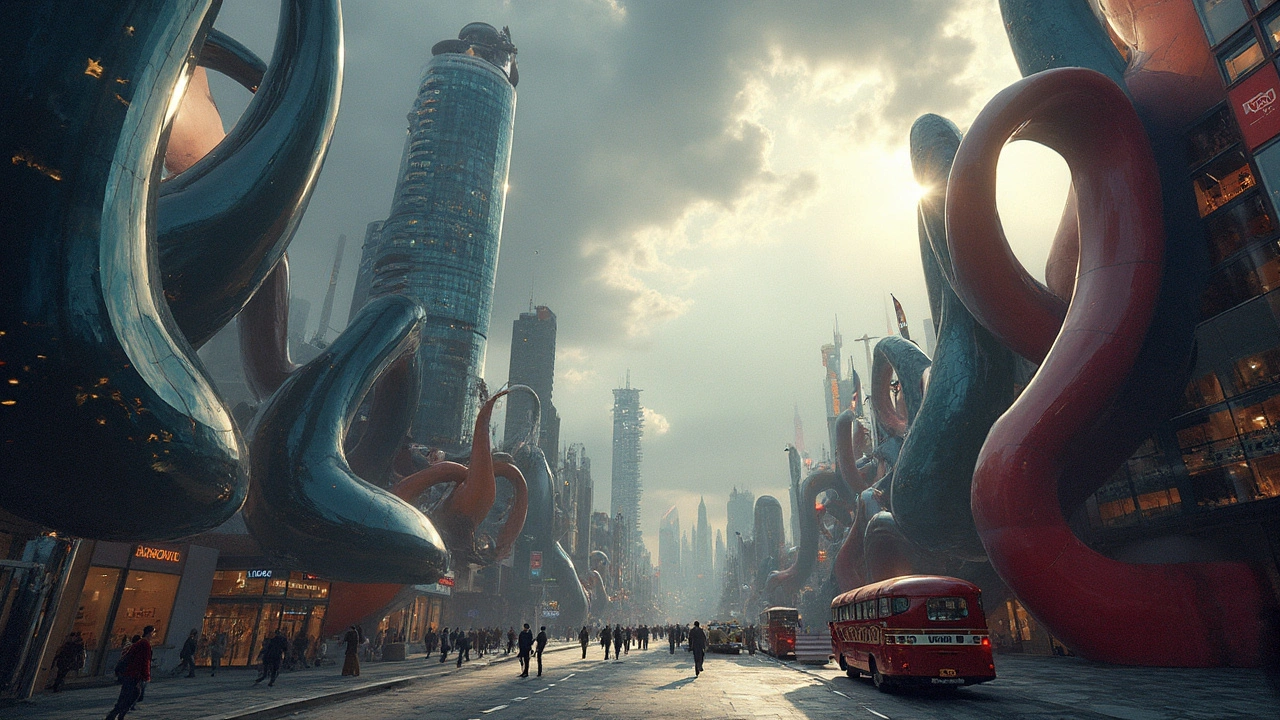Expressionist architecture ditches the straight lines and boring symmetry for wild shapes and emotional impact. This article peels back the curtain on what makes these buildings stand out, how they came about, and why they still turn heads today. You'll get real-life examples, quirky facts, and even some tips if you want to bring that bold style into your own space. Whether you're a design nerd or just curious why some buildings look like they're from outer space, here's your guide to all things expressionist. Jump in and see why this movement still makes a splash.
Unique Buildings: How to Spot What Makes Architecture Stand Out
Some buildings stick in your head because of one bold choice—a dome, a wing of glass, or an over-the-top facade. If you want to notice what makes a building unique, stop looking for labels and start reading what the structure is doing: shape, material, decoration, and story. That’s where the good stuff lives.
See the shape and structure first
Silhouette tells you a lot. A clear dome or a row of columns often points to classical or Renaissance ideas. A steel-and-glass skin screams high-tech or modern. Look up and away from doors: arches, vaults, cantilevers, and rooflines are shorthand for specific movements—Roman arches for stability, Beaux-Arts symmetry for grandeur, neo-futurist curves for speed and motion.
Think about scale and rhythm. Regular windows and columns hint at Georgian and Federal styles. Irregular, playful forms usually belong to postmodern or neo-futurist buildings. When you spot heavy ornament, you may be seeing Baroque or Beaux-Arts; when you find clean planes and functional fittings, Bauhaus or Mid-Century Modern likely influenced the design.
Materials, details, and the story they tell
Materials are clues. Clay tiles and stucco point to Mediterranean Revival. Brickwork and sash windows often mean Georgian or Colonial. Exposed concrete and bold geometry can be Brutalist or Classical Roman in inspiration. Even clever construction tricks—like Roman concrete or steel trusses—say a lot about when and why a building was built.
Details seal the identity. Carved stone, friezes, and statues suggest historic styles; minimalist metalwork and glass fittings suggest modern movements. Check entrances: a grand staircase and decorated doorway usually mean a civic or Beaux-Arts building. A plain, recessed entry might be more modern or functionalist.
Ask the building what it was for. Government buildings often adopt Federal or Beaux-Arts styles to convey authority. Churches and civic halls use grand gestures—domes and columns—to inspire. Industrial or experimental spaces often show constructivist or high-tech traits because function drove form.
Want to learn fast on the street? Use Google Street View, look for historic plaques, or check your city’s heritage register. Take photos of facades and details, then search the architect or style later. Local walking tours and preservation groups pack these facts into short, memorable stories.
Finally, think about change. Many unique buildings stay alive by adapting—old factories become galleries, Beaux-Arts banks turn into hotels. That reuse is part of their uniqueness. When you notice a building that both remembers its past and works today, you’ve found something rare.
Next time you walk a neighborhood, try naming three things that make a building unique before you look them up. It turns buildings into puzzles, and every solved puzzle teaches you to see architecture differently.

